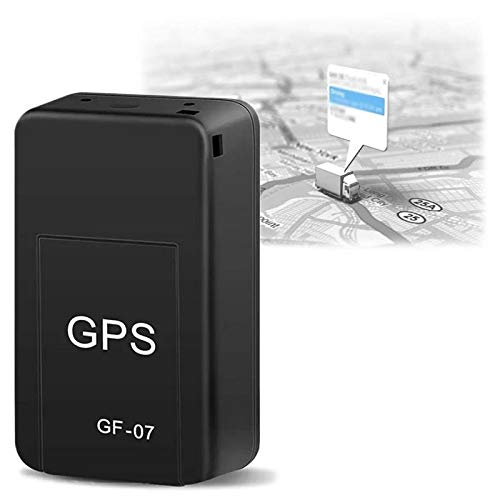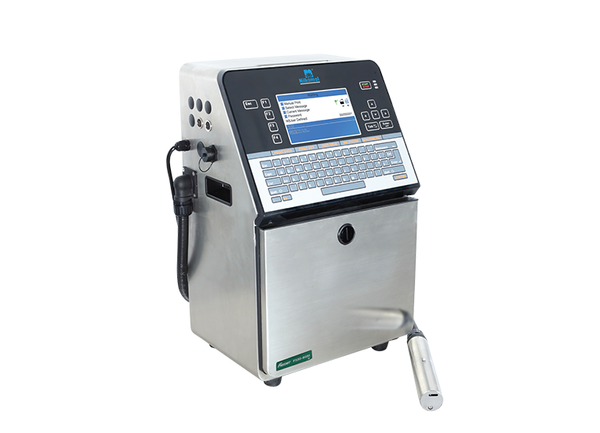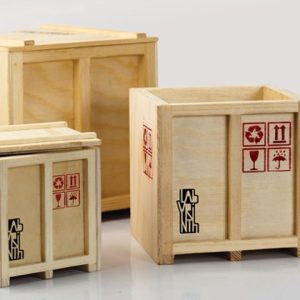Benefits of Hydraulic Stacker:
- Versatile Material Handling:
- Hydraulic stackers are versatile and can handle a variety of material handling tasks, including stacking, lifting, and transporting goods in warehouses and distribution centers.
- Efficient Vertical Movement:
- The hydraulic lifting mechanism enables efficient and controlled vertical movement, allowing for precise positioning of loads at different heights.
- Space Optimization:
- Compact design and maneuverability make hydraulic stackers well-suited for warehouses with limited space. They can efficiently navigate through aisles and tight spaces.
- Flexibility in Load Handling:
- Adjustable fork width and variable lifting heights provide flexibility in handling different pallet sizes and load configurations.
- Ease of Operation:
- Control panels or handles are designed for ease of use, allowing operators to control lifting, lowering, and steering functions with minimal effort.
- Safety Features:
- Equipped with safety features such as brakes, overload protection, and emergency stop functions to ensure safe operation and protect both the operator and the loads.
- Reduced Manual Labor:
- Hydraulic stackers reduce the need for manual lifting and stacking, contributing to a reduction in physical strain on workers and minimizing the risk of injuries.
- Battery-Powered Options:
- Battery-powered hydraulic stackers offer the advantage of mobility without the constraints of power cords, providing flexibility in use.
- Durable Construction:
- Built with durable materials, hydraulic stackers are designed to withstand the demands of industrial use, ensuring a longer lifespan.
Applications of Hydraulic Stacker:
- Warehousing:
- Ideal for stacking and retrieving palletized loads in warehouses, improving storage efficiency.
- Distribution Centers:
- Essential for efficiently organizing and moving goods within distribution centers, enhancing the speed of order fulfillment.
- Manufacturing Facilities:
- Used for transporting materials and finished products between production areas and storage locations within manufacturing facilities.
- Retail Operations:
- Useful for restocking shelves and organizing inventory in retail environments.
- Logistics and Transportation:
- Facilitates loading and unloading of goods in transportation hubs, such as docks and freight terminals.
- Construction Sites:
- Valuable for lifting and transporting construction materials on construction sites.
- Cold Storage Facilities:
- Suitable for handling goods in cold storage environments where manual labor may be challenging.
- Assembly Lines:
- Used in assembly lines to transport components to different stages of production.
















Reviews
There are no reviews yet.